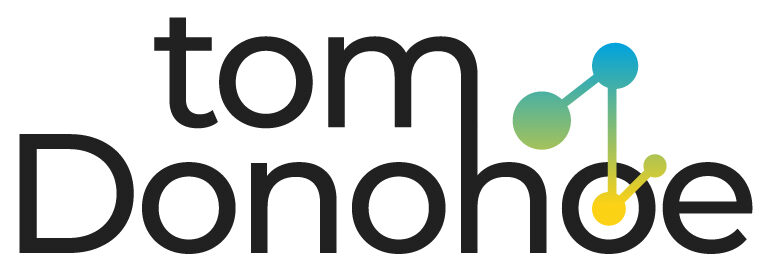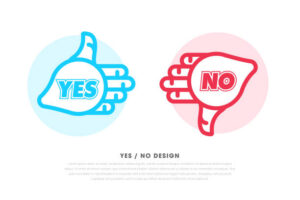Increasing Conversions for B2B Lead Generation

Increasing conversion rates in business to business (business to business) involves more than creating landing pages that perform better. Optimizing conversion rates for B2B is more challenging than that of business to customer (B2C) due to these additional challenges:
Trust Decisions made in the B2B market largely depend on risk avoidance because mistakes can be expensive.
Timeline Sales cycle times are more lengthy in B2B. Conversions may take longer than weeks or days.
Touchpoints – Several stakeholders could be involved in decision-making.
If you’re selling products with high consideration and services, the content you offer to convert through education is even more important in lead generation B2B.
Here are some of the strategies to optimize your lead generation efforts with an effective content strategy plan
Determine the industries you’re targeting, then present details about each sector.
B2B clients are seeking information in their field. You must demonstrate that you know and can meet their needs before asking them to complete a form.
If you are catering to various industries, you should try to allow users to select their preferred sector by providing distinct navigation routes to different kinds of users.
Make sure that the lead generation content for B2B for each industry
Translates the language of the user
It provides the technical details in a way that is simple to read (e.g., in charts)
You are a professional with the appropriate certificates and similar clients within the same industry.
This way, you build credibility and trust before asking customers for their information. “Request a Quote.”
Cater to different roles and responsibilities.
Web users in B2B are given different roles and responsibilities. Converting them involves multiple departments or individuals, each finding the information they require from your website.
Fundamentally, an analyst can check whether your company meets the needs of the business. In contrast, buyers can review your credentials, price points, and other information needed to conclude a transaction. They will require various kinds of information, and your website needs to be able that will satisfy the different types of B2B buyers.
There must be a way to branch out so that users with a research assignment can access the educational material. In contrast, users who are a buyer can evaluate your products and certificates effortlessly.
If you have the funds to go further, it is possible to use collaterals to push companies from the top of the funnel to the base of the horn. One example is the PDF that a person in the research phase could easily send to someone in the buying stage using a call-to-action (CTA) click.
Serve personalized content
If you’re equipped with the right technology, then you can modify your messages to meet the needs of the business that visits your site.
Some companies permit you to perform an account-based control (ABM). They offer systems that allow you to deliver different workflows or content according to the IP address.
On a fundamental level, your static website may have a dynamic portion that alters when a prospective business visits your website. If a visitor from a healthcare business on your radar could be offered an additional piece of information specifically tailored to their needs, people from other industries would never see it.
On a higher level, you could have dynamic pages tailored explicitly to specific businesses. In addition, your customer relationship management (CRM) software may automate different actions based on the company of the person filling in the application.
Utilize progressive disclosures and help the sales cycle
If you receive customers from the target company on your form pages, increase the chance of them turning into customers:
Reduce the number of fields. With a lot of areas, it can make the form seem daunting. Reduce the amount of information the user must input at a given time to make your paper easier for users.
Use progressive disclosure. It is possible to request information in small portions. At first, you will need just your visitor’s email address and send them a piece of white paper. Later on, you can inquire about their company name and size when it becomes pertinent. Examining information in small chunks will be more effective to convert instead of asking for a large amount of information at the beginning of the procedure.
Another aspect to consider is where a person is in the sale process. If they’re in the early stages, you could give the prospect a wealth of information without asking for more. If they’re in the middle stage, requesting more details is possible.
Make sure that your collaterals contain CTAs. Certain CTAs could redirect users to your website, guiding users through into the funnel of sales. Other CTAs permit forwarding content from an early-stage researcher to a buyer in the late stage.





